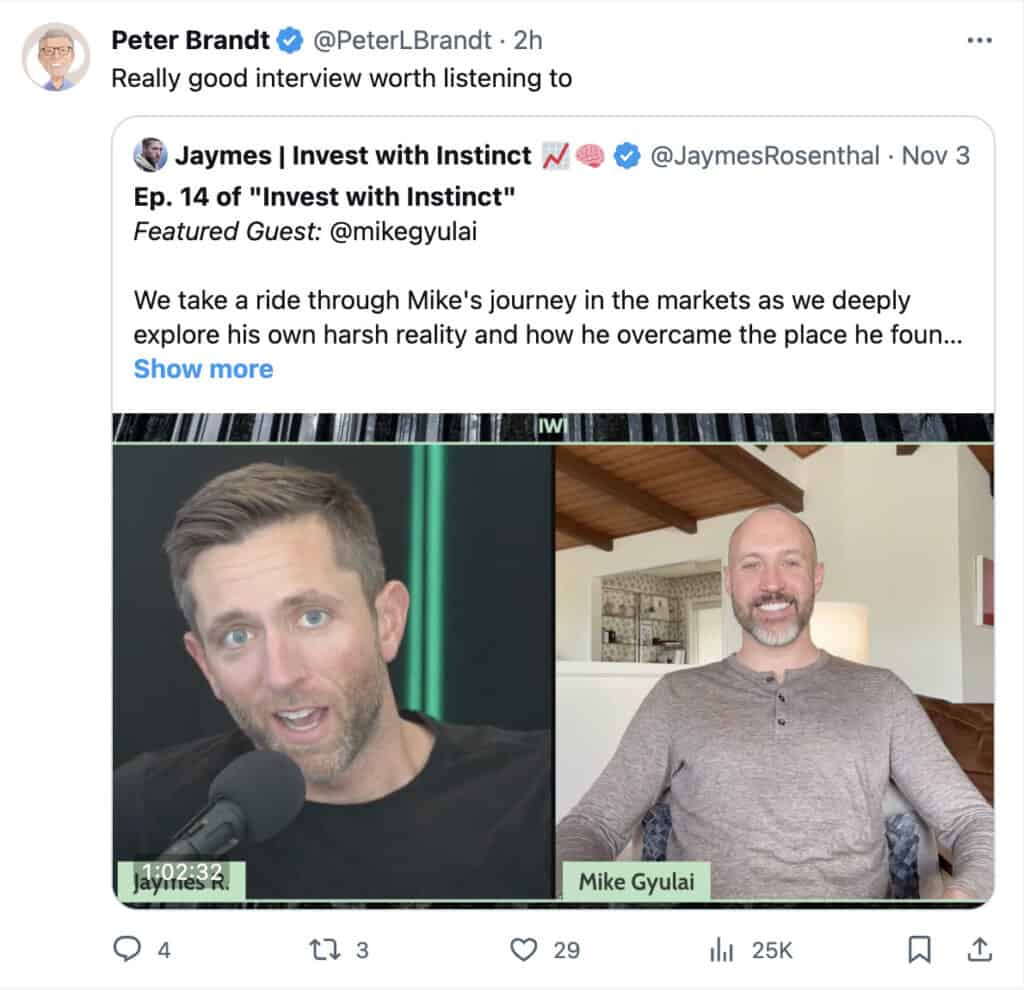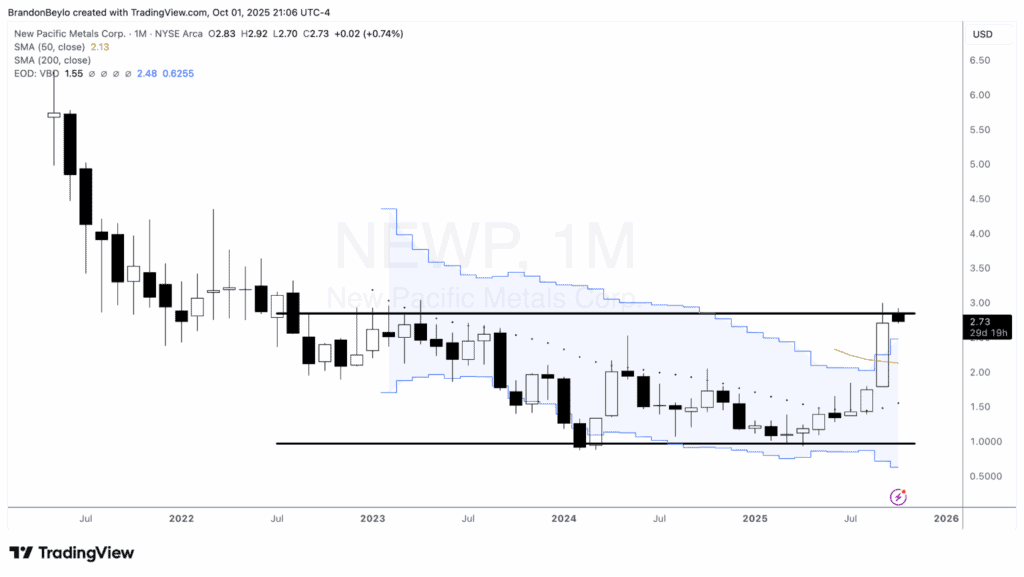I’m sure you’ve heard analysts, financial pundits, and other babbling heads yabber on and on about how these markets don’t reflect the “fundamentals”.
They’ve ranted non-stop about how the fundamentals prove that a bear market is around the corner.
They’ve raved about valuations being stretched and how stocks will collapse any day now…
If you’ve been taking investment advice from these doomsdayers, then please accept my condolences for your portfolio loss.
These broken clocks should heed the words of Mark Twain:
Denial ain’t just a river in Egypt.
No, denial is not just a river in Egypt, it’s also the perpetual state most market participants live in.
Now I’m not bashing the usefulness of what are commonly thought of as fundamentals. Things like earnings per share, book value, and revenue growth are indeed important.
What I’m saying is that these are only a few pieces of a much larger puzzle.
The dictionary defines the word fundamental as, “a central or primary rule or principle on which something is based.”
If there’s one “central or primary rule” on which all fundamentals are based, it’s market liquidity. Liquidity is the Mac-Daddy of fundamental inputs. And not surprisingly, it’s the least known and understood.
Here’s one of the greatest of all time, Stanley Druckenmiller, on the importance of liquidity (emphasis mine):
Earnings don’t move the overall market; it’s the Federal Reserve Board… focus on the central banks and focus on the movement of liquidity… most people in the market are looking for earnings and conventional measures. It’s liquidity that moves markets.
So what is liquidity exactly?
In simple terms, liquidity is demand, which is the willingness of consumers to purchase goods and other assets. This demand is driven by the tightening and easing of credit.
What we usually think of as money (the stuff we use to buy things) is comprised of both hard cash + credit. The amount of hard cash in the system is relatively stable. But credit is extremely elastic because it can be created by any two willing parties. It’s this flexibility that makes it the main factor in driving liquidity/demand.
The majority of credit, and therefore money, is created outside the traditional banking sector and government. Most is created between businesses and customers. When businesses purchase wholesale supplies on credit; money is created. When you open a Best Buy credit card to purchase that new flat screen TV; money is created. And when you purchase stocks on margin from your broker; money is created.
The logic is simple. The more liquidity and credit in the system, the more demand, which in turn pushes markets higher.
Which leads us to our next question: What are the largest levers that affect the amount of credit, money, and liquidity in the system?
The answer to that is interest rates. These are set by both central banks and the private market.
The primary rate set by central banks is the largest factor in determining the cost of money. And the cost of money in turn determines liquidity/demand in the system.
When the cost of money is low (low interest rates) more demand is created in two ways: [1] it makes sense to exchange lower yielding assets for riskier, higher yielding ones and [2] more people are willing to borrow and spend (money is created) because credit is cheaper.
This affects the stock market in two ways: [1] share prices rise as investors trade up to riskier assets and [2] companies’ total sales increase because of higher consumer demand caused by cheaper credit. Liquidity affects both the denominator (earnings) and numerator (price per share) in stock valuations as it drives markets higher.
You may be asking yourself, “well, if the primary rates set by central banks are this important, then will markets stay forever inflated as long as they keep rates low?”
No, they won’t.
Though central bank rates are the largest influence on demand and the cost of money, they are not the only influence.
The private sector assigns its own rates based off the central bank rate, but also includes an additional premium (or spread) that fluctuates according to the credit risks they see in the market.
For instance, even though the Fed Funds rate has remained near zero over the last two years, interest rates on high-yield loans (the primary lending market to the energy sector) ballooned during the recent oil collapse because of increased perceived risks. Money tightened and became more expensive as liquidity became constrained in that sector. This type of liquidity tightening is what causes markets to fall, regardless of whether the primary rate is low or not.
The way liquidity ebbs and flows directly affects market narratives.
The 2008 financial crisis occurred because central banks cranked up liquidity to jumpstart the economy after the 2000 tech bust. All this extra money got dumped into housing. That’s how the bullish real estate narrative was born. Eventually a bubble formed and later popped as liquidity dried up.
And of course the central bank’s response was to ease even more. They’ve now kept the liquidity spigots blasting longer than any other time in history. As long as liquidity conditions stay positive, we can expect the bulls to keep running.
Like Druck said “It’s liquidity that moves markets”. Bull markets, bear markets, everything.
Knowing how to gauge liquidity is the number one thing you can do protect your capital and profit.








